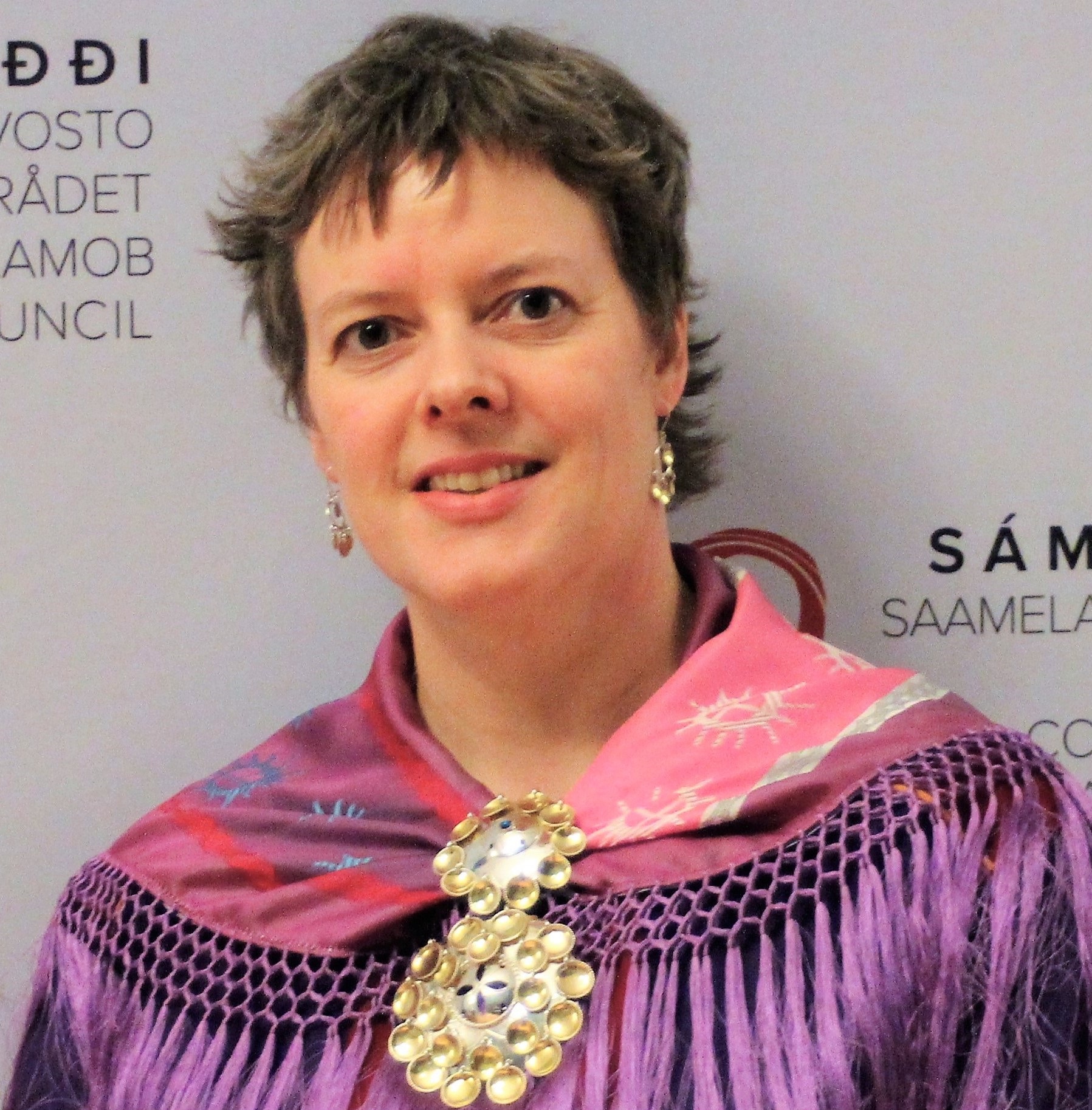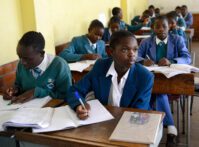-
The Arc | Climate Justice in the Arctic: Part 1
August 16, 2024 By Wilson Center Staff In today’s episode of The Arc, ECSP’s Claire Doyle and Angus Soderberg interview Gunn-Britt Retter, Head of the Arctic and Environmental Unit at the Saami Council, in part one of three episodes focused on climate justice in the Arctic. We dive into Gunn-Britt’s background and her work on the Saami Council. Gunn-Britt outlines how climate change is impacting the livelihoods and daily lives of the Saami people and how even our responses to climate change can threaten Indigenous rights and land use. She also makes the case for a fundamental reexamination of our relationship with nature to make progress on addressing climate change. Select quotes from the interview are featured below.
In today’s episode of The Arc, ECSP’s Claire Doyle and Angus Soderberg interview Gunn-Britt Retter, Head of the Arctic and Environmental Unit at the Saami Council, in part one of three episodes focused on climate justice in the Arctic. We dive into Gunn-Britt’s background and her work on the Saami Council. Gunn-Britt outlines how climate change is impacting the livelihoods and daily lives of the Saami people and how even our responses to climate change can threaten Indigenous rights and land use. She also makes the case for a fundamental reexamination of our relationship with nature to make progress on addressing climate change. Select quotes from the interview are featured below.In today’s episode of The Arc, ECSP’s Claire Doyle and Angus Soderberg interview Gunn-Britt Retter, Head of the Arctic and Environmental Unit at the Saami Council, in part one of three episodes focused on climate justice in the Arctic. We dive into Gunn-Britt’s background and her work on the Saami Council. Gunn-Britt outlines how climate change is impacting the livelihoods and daily lives of the Saami people and how even our responses to climate change can threaten Indigenous rights and land use. She also makes the case for a fundamental reexamination of our relationship with nature to make progress on addressing climate change. Select quotes from the interview are featured below.
On her role at the Saami Council
Our aim is to promote the Saami culture and traditions, recognizing that we are one people living in four different countries. We have a common history, language and culture. After the Saami parliaments were established, we have, for a while, worked more on an international level. So we have been active in the UN Indigenous people’s rights movement.
On how climate change is impacting the Saami people
I have been digging a lot into climate change, reading a lot about it, observing, and living it as well. So, it’s all encompassing in how it impacts Saami culture. We see more frequent freezing and thawing during the winter season, and in our part of the world, the land is, or is supposed to be, covered by snow from October, November to May, even sometimes into June. But we have seen that the snow sets later in the fall and it leaves earlier in the spring. It varies from year to year, but that has been the trend the last few decades
And then during midwinter, when we usually have weeks of frost, we have more frequent frost and thawing periods, which creates an ice crust layer on the snow, which makes it hard for reindeer to dig through and hard to locate their food.
On encroachment on Indigenous land and “green colonization”
We see that many of the solutions that the national states are looking at, they look at placing on the Saami lands, which are already in use by reindeer husbandry or small-scale fisheries. In particular, we have particularly many examples from reindeer husbandry where they are looking into green energy.
We have this so-called green transition, but it is actually quite nature-destructive. It’s plain for us to see. It is a continuation of the industrialization and industrial projects, just given a different color. And now, we see huge wind industry plants being placed on Saami lands.
We need to rethink our consumption patterns, including myself. We need to consume less, that’s the transition we should have—not some transition to spending more or burning more energy, but simply in an environmentally friendly way. So this is what we find is quite contradictory in the new policies around climate mitigation.
On the importance of recognizing the rights of Saami people
In the Nordic countries, we are treated like another interest group or stakeholder in line with other stakeholders, but we really need to be seen as a people with all the rights and all the elements that come with that recognition. Like any other people, we have culture, cultural expressions, art, education, we have Saami curriculums, and we have needs for health care, which is culturally appropriate.
A government and then society need to understand what it means to be a people and recognize the rights that we have for our culture. With these rights in place, I believe we can be more in charge of our own adaptation needs and our livelihoods while facing a changing environment and changing climate and be more part of the decision-making that is happening on the lands that we and our culture depend upon.
On Indigenous knowledge and collaboration with scientific studies in the Arctic
For decades, we have emphasized the importance of Indigenous knowledge in decision-making. But in order to recognize Indigenous knowledge in decision-making, we need to have the knowledge foundation right.
So, over the last 25 years, we have been pushing for working with or recognizing this. We are still working on developing the project we call “co-production of knowledge.” So, in the co-production of knowledge, you need to have the Indigenous peoples already at the table in the formulation of the research questions.
I feel at the moment there is a great understanding of the Indigenous knowledge and the role of Indigenous knowledge in developing ecosystem-based management.
On challenges in climate financing
There is a lot of recognition of the need to support communities in adapting and addressing climate change. But a lot of the money allocated for this goes to developing countries. But there are Indigenous peoples in the Arctic who live in quite advanced countries, and we still need to get support for climate change adaptation and to build our resilience.
And the same goes for North America, Russia, and the Pacific. These are regions that usually don’t access many of those pledges. And it is important to also note that even for those Indigenous peoples in the regions where these pledges are directed, money doesn’t reach the ground.
Photo credit: Gunn-Britt headshot, courtesy of Gunn-Britt Retter.
 A Publication of the Stimson Center.
A Publication of the Stimson Center.






